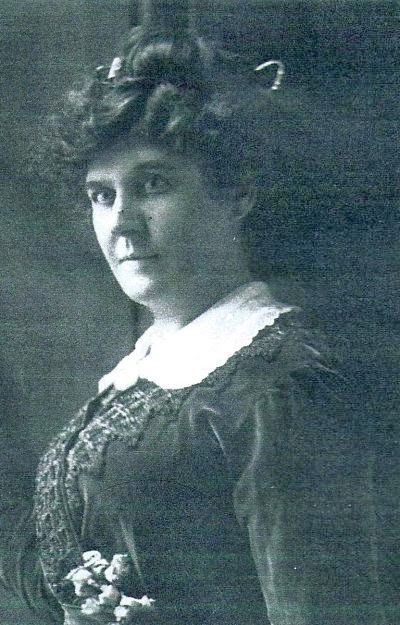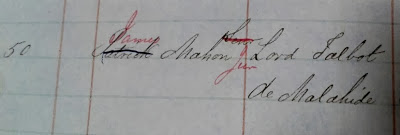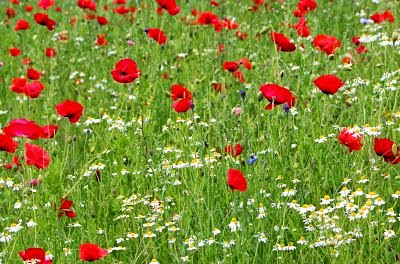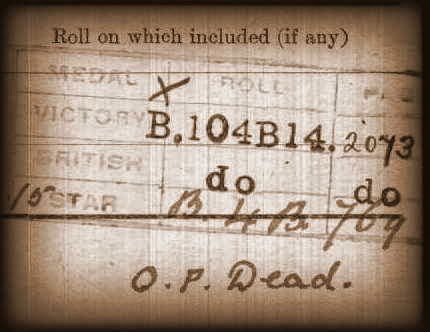 |
Mary
Wynne 1860-1934
|
Mary Wynne was born on 24 May 1860 at 23
Thomas Street, Dublin, the daughter of John Wynne and Bridget Hynes. She was an
elder sister to my great-grandfather, Patrick Wynne.
On 31 May 1885, Mary married
Michael Finegan, in St Andrew’s church, Westland Row, Dublin. Michael worked as a ‘range setter’ or stone
mason and Mary as a dressmaker. They had
two sons born in Dublin, John James in October 1886 and Francis (Frank) Edward
O’Brien Finnegan in April 1889.
This
was the last mention of the family found in the Irish records, but it was known
that they had left Ireland for Colorado Springs, so I started to search for
them there. The surname
Finegan has many variants, including Finnigan and Finnegan, all of them used by
Michael and Mary at different times. It
was the name change to Finley though, that was most unexpected.
 |
| Mary Agnes (Wynne) Finley |
It was shortly after moving to Pueblo that
the Finnigan family changed their name to Finley, a surname of seemingly
Scottish origin. Mary also adopted the second name, Agnes. Perhaps they met with
anti-Irish prejudice in Pueblo and the name change was an effort to appear more
‘American’. In the 1910 census, Michael,
Mary and three of their children, John, Joseph and Gerald, were living in
Peublo, under the surname Finley.
Sadly, after thirty years of marriage, it
seems Michael and Mary separated, shortly before Michael’s death. The city
directories clearly show them living apart. Michael reverted to using the surname
Finnigan, but Mary and the boys kept the name Finley, Presumably the name
change was more Mary’s idea. Michael was working as a janitor at the Saving
Heart Church, when he died of heart issues on 20 April 1917.
Mary married Charles W. Walker on 6
January 1920 in Colorado. Charles was an American, born in Missouri and worked
as a carpenter. Mary, having disappeared from the city directories for ten
years, was back living in Pueblo by 1930, without Charles, and had reverted to
using the name Finley. However her death, at St Mary’s in Pueblo on New Year's Day in 1934, was registered under the name Mary Agnes Walker. A widow, she died of
Myocarditis/Pericarditis and was buried in Roselawn Cemetery, Pueblo, Colorado
on 3 January 1934.
These lovely photos of Mary were kindly sent
to me by Mary’s great-granddaughter and my newly found third cousin. Thank you, Phyllis!
Sources: Birth, marriage and death
registrations; U.S. census records and Colorado city directories, available on
request.
………………
© 2013 Black Raven Genealogy








b.jpg)

